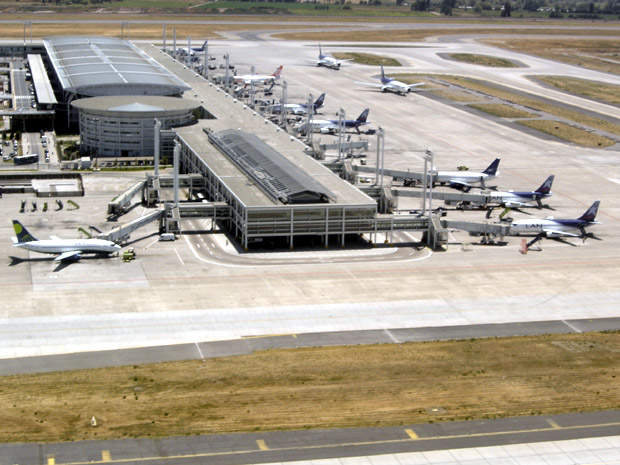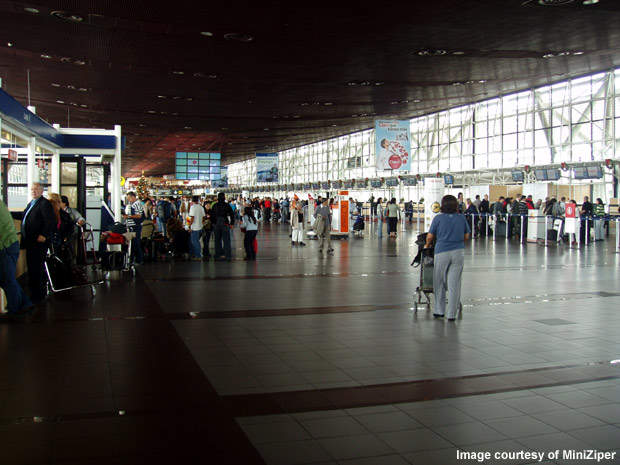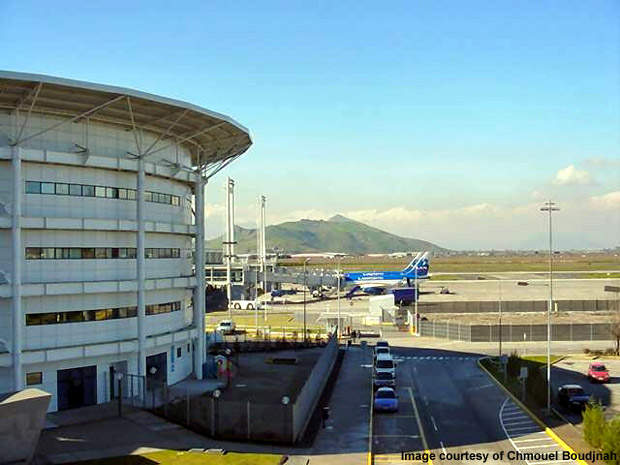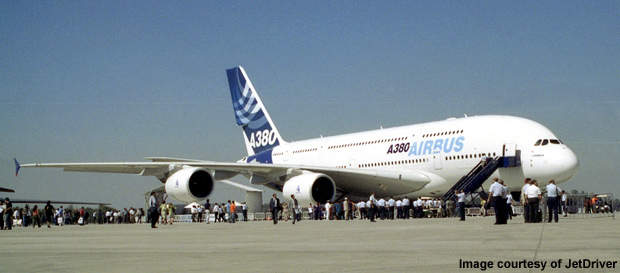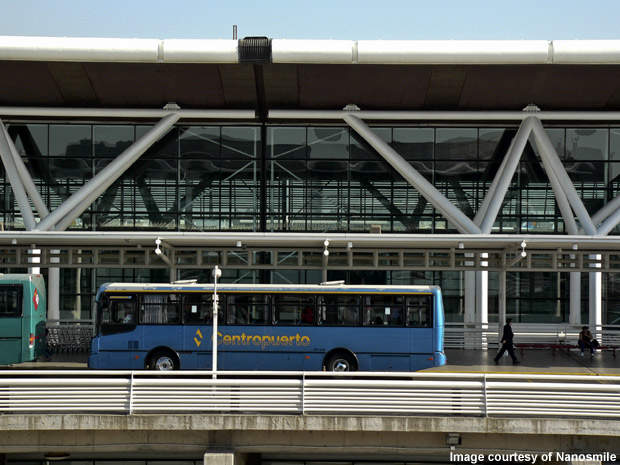Santiago International Airport, also known as Comodoro Arturo Merino Benítez International Airport, is located 10km from Santiago, Chile’s capital. Inaugurated on 9 February 1967, the airport was originally known as Aeropuerto Pudahuel and was renamed Arturo Merino Benítez on 19 March 1980.
Operated by SCL Aeropuerto de Santiago, the airport handled over nine million passengers in 2008 and was ranked as the ninth busiest airport in Latin America that year.
Santiago airport development and expansion
A terminal improvement project was approved by the Chilean Department of Public Works on 31 October 2008. Estimated at $7m, the project includes the construction of a new gate at the national terminal, as well as expanding waiting rooms and other services at the airport.
The project will also oversee construction of a bus terminal to improve public transport and the re-arrangement of traffic routes. An aeronautical museum, a terrace at the fourth level and additional access areas have been completed as part of this project. A baggage system was installed in August 2009.
Another large expansion programme was unveiled by the government of Chile on November 2009. Costing between $800m and $1bn, it will include construction of a third runway, expanding the airport terminal building and the introduction of a fast train service that will connect the airport to Valparaiso port.
The main terminal building will be expanded from 90,000m² to 200,000m², and will include 25 new gates and an enlarged parking area.
On completion, the expansion will allow the airport to accommodate 19 million passengers by 2024 and 50 million passengers by 2045. There are, however, challenges hindering the project including concerns from local residents about contamination as a result of the expansion.
Chile air traffic control
The civil aviation authority of Chile inaugurated a new air traffic control centre (ATCC) in February 2010. The new ATCC, supplied, installed and commissioned by Thales, is equipped with the EUROCAT ATM system, an AERMAC aeronautical message switching system and a voice communication system.
Santiago airport terminal features
Santiago airport operates two terminals – international terminal l, which has ten gates, and the national/domestic terminal D, which has seven. Located within the same building, they are connected via passageways and elevators. In addition, the airport also operates a cargo terminal.
The main terminal building features an information desk on the first floor and another on the third floor. ATM and currency exchange facilities are installed throughout the building.
Food and beverage amenities include 21 licensed bars, restaurants, coffee shops and fast food outlets located in the public and lounge areas. The terminal also has five spacious VIP lounges that can be hired.
Other facilities include a medical care centre on the first floor, a pharmacy on the third floor and there are special facilities for disabled passengers. There are more than 70 shops selling international and national brands, and four tax-free shops.
Conference and business facilities include a business centre, which features a meeting room and a café located in the international terminal. Its services include video conferencing, internet and fax. The large meeting room can accommodate up to 40 people and includes a private bathroom, video, TV and transparency facilities.
Santiago airport runways
The airport features two runways: 17R/35L and 17L/35R, both with asphalt surfaces. The newest runway 17L/35R, which measures 12,298ft (3,748m), was constructed in 2004 and inaugurated in 2005. It was repaired in January 2006, however, additional studies revealed the need for further repairs and the runway was declared unsuitable for use.
17R/35L, which measures 12,467ft (3,800m), was repaired in 2005. It was subsequently rebuilt and relaunched in March 2007.
Airport parking areas
The airport provides parking space for up to 4,000 vehicles, with separate areas for short and long term parking. The short term parking area is located outside the main terminal building and long term parking is located further away from the terminal building.
A shuttle bus connects the long term parking to the main terminal. The entire parking area is monitored through CCTV cameras.

